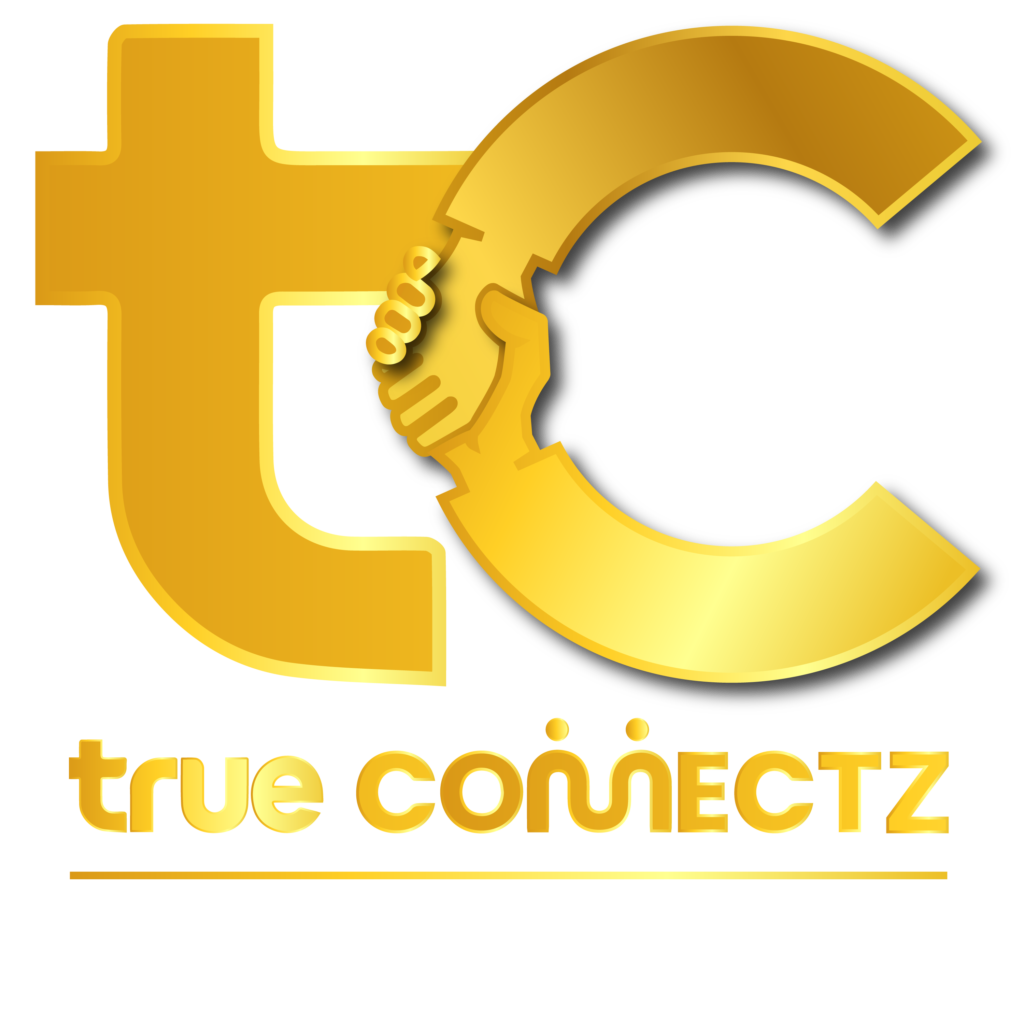One of the most critical decisions a business can make is how to structure its workforce. Depending on your company’s needs, budget, and long-term goals, you may choose to hire permanent employees or opt for temporary staffing. Each option comes with its own set of advantages and challenges, and the right choice depends on a variety of factors. In this blog, we’ll explore the differences between permanent and temporary staffing, and help you determine which option is the best fit for your business.
What is Permanent Staffing?
Permanent staffing involves hiring full-time or part-time employees who are integrated into the core of your business. These employees receive full benefits, including health insurance, paid time off, and retirement plans, and are typically seen as long-term investments in the company.
Advantages of Permanent Staffing:
- Commitment and Stability: Permanent employees tend to be more committed to their roles and the organization, offering greater long-term stability.
- Company Culture Alignment: As permanent employees become embedded in the company, they better understand and contribute to its culture, mission, and goals.
- Skill Development: Over time, permanent employees can deepen their skills, knowledge, and contributions, becoming valuable assets to the organization.
Challenges of Permanent Staffing:
- Higher Costs: Permanent employees come with higher long-term costs, including salaries, benefits, and professional development expenses.
- Less Flexibility: When business needs change rapidly, having a large permanent workforce can reduce flexibility, making it harder to adjust to market demands.
What is Temporary Staffing?
Temporary staffing involves hiring employees for a specific project, season, or short-term need. These employees may work full-time or part-time but do not receive the long-term benefits of permanent employees. Companies typically source temporary staff through agencies that manage payroll and HR functions.
Advantages of Temporary Staffing:
- Cost-Effectiveness: Since temporary employees don’t receive benefits like healthcare or retirement plans, businesses can save on overhead costs.
- Flexibility: Temporary staffing allows companies to scale their workforce up or down based on immediate business needs, making it ideal for short-term projects or seasonal demand.
- Trial Period: Temporary staff can serve as a trial period for both the employee and the employer, helping both sides assess fit before committing to a permanent role.
Challenges of Temporary Staffing:
- Lack of Commitment: Temporary workers may not be as invested in the company’s long-term success, leading to lower levels of engagement and productivity.
- Training Costs: Constantly onboarding new temporary employees can lead to increased training and supervision requirements, which may reduce overall efficiency.
- Culture Gaps: Temporary staff may not integrate as seamlessly into the company culture, which can lead to disconnects in communication or collaboration.
How to Decide Which Is Right for Your Business
When deciding whether permanent or temporary staffing is right for your business, consider the following factors:
- Business Needs and Objectives: If your company has consistent, long-term work that requires specialized skills, permanent staffing may be the better option. On the other hand, if your business experiences fluctuations in demand or short-term projects, temporary staffing provides the flexibility you need.
- Budget: If cost control is a priority, temporary staffing allows you to bring in workers when needed without the added costs of benefits and long-term commitments. However, permanent staffing can offer a greater return on investment if you’re looking for skilled workers who will contribute to your company over the long haul.
- Workforce Strategy: Consider whether your company’s strategy involves building long-term relationships with employees or adapting to changing market conditions. A permanent workforce offers stability, while a temporary workforce provides agility.
- Company Culture and Engagement: A strong company culture can drive productivity, creativity, and employee satisfaction. Permanent employees are more likely to align with your company’s mission and goals, while temporary employees may not have the same level of engagement or loyalty.
The Hybrid Approach
For many businesses, the best solution is a hybrid approach that incorporates both permanent and temporary staffing. This allows you to maintain a core group of permanent employees who are committed to your long-term vision while supplementing your workforce with temporary staff during peak times or for specialized projects.
Final Thoughts
Deciding between permanent and temporary staffing doesn’t have to be an either-or decision. By assessing your business needs, budget, and workforce strategy, you can find the right balance between stability and flexibility. At True Connect HR, we specialize in both permanent and temporary staffing solutions, helping businesses of all sizes build the right team for success.
